Camera Microphones Guide
Sound quality
A high-quality microphone should capture clear and professional audio that enhances the overall video content. One excellent option is the Rode VideoMic Pro+. It features a high-pass filter that helps eliminate low-frequency noise, resulting in crystal clear recording. Another option is the Sennheiser MKE 440 Stereo Shotgun Microphone, which offers a dual mini-shotgun design that ensures focused audio capturing from the desired subject while reducing background noise. If you're looking for a wireless solution, the Audio-Technica System 10 Camera-Mount offers excellent sound quality with minimal interference due to its two frequency bands and automatic frequency selection function.
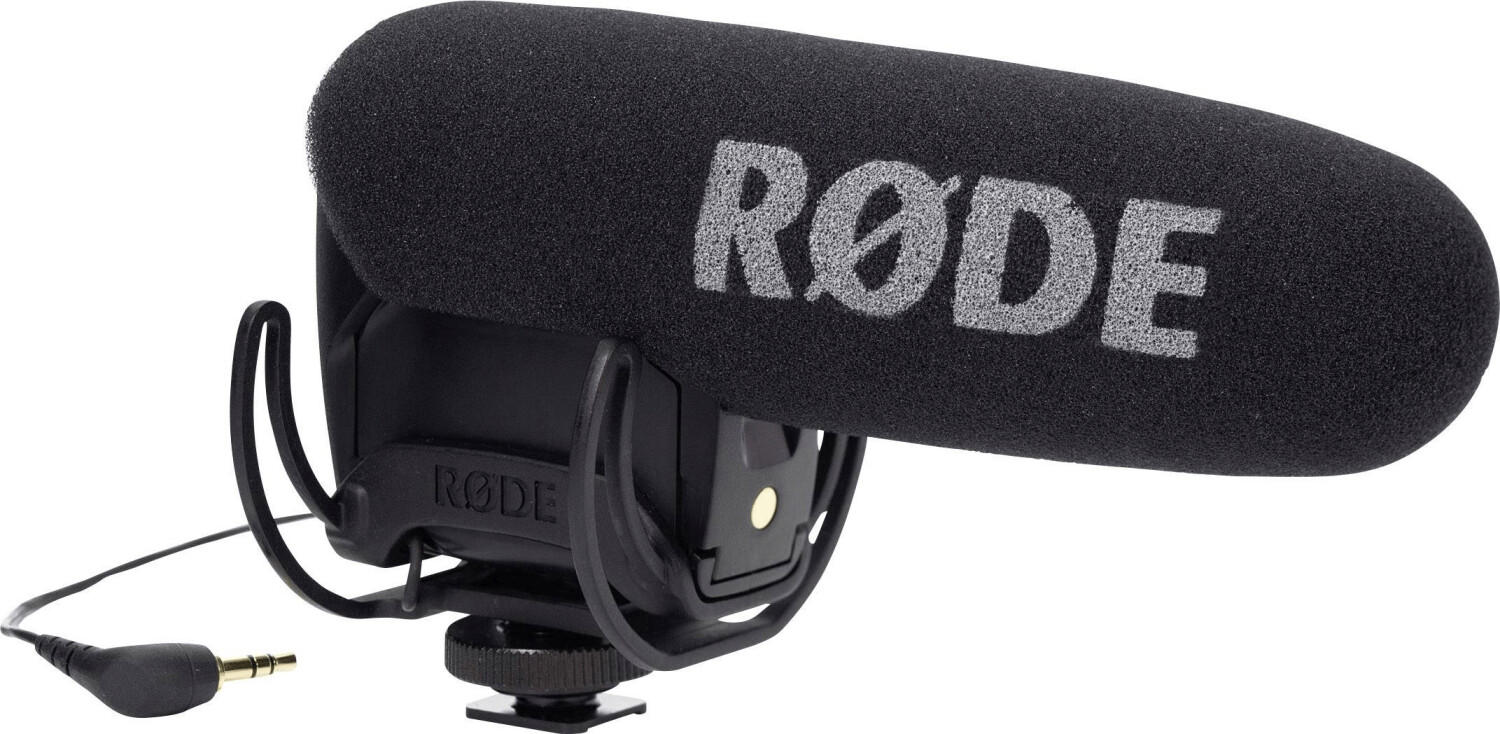
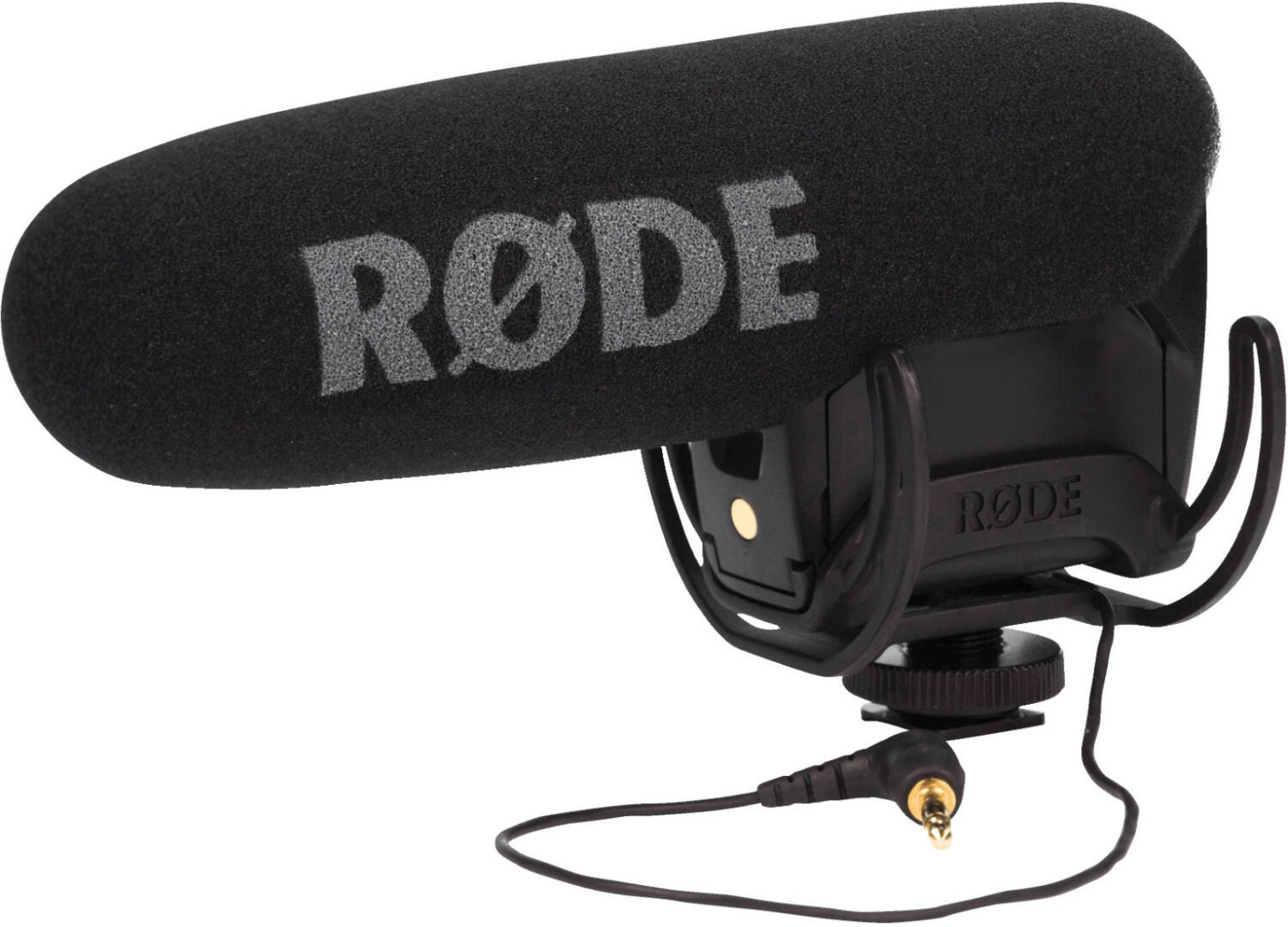
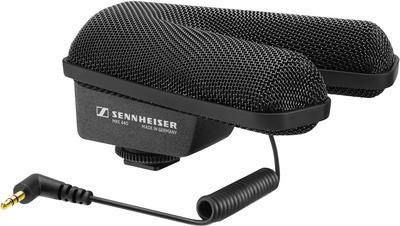
Frequency response
It refers to the microphone's ability to capture a wide range of frequencies, from low to high. A microphone with a wider frequency response will produce clearer and more accurate audio recordings. For example, the Rode VideoMic Pro has a frequency response of 40Hz - 20kHz, which covers the entire audible spectrum. Its high-pass filter can be adjusted to reduce low-frequency background noise. Another option is the Audio-Technica AT875R, which offers a frequency response of 90Hz - 20kHz. This shotgun microphone prioritizes capturing speech and detail with its tailored response. These microphones are suitable for capturing a variety of sounds with great clarity and accuracy.
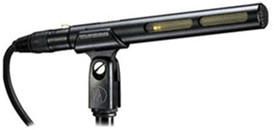
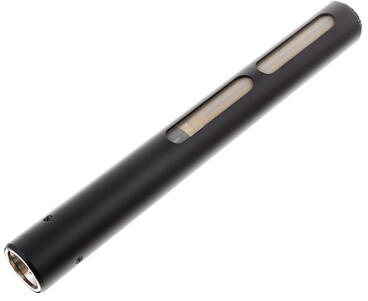
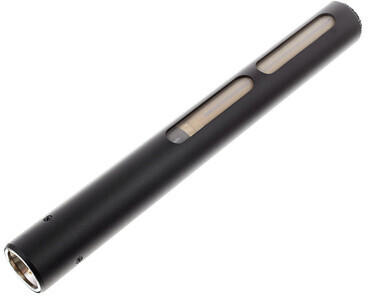
Directionality (such as omnidirectional or cardioid)
Directionality refers to how a microphone picks up sound from different directions. There are several types of directionality to choose from, including omnidirectional and cardioid.
If you're looking for a microphone that captures sound equally from all directions, an omnidirectional microphone is a great choice. One example is the Rode VideoMicro Compact On-Camera Microphone. With an omnidirectional pickup pattern, this microphone is able to capture sound from all angles, making it ideal for capturing ambient noise or recording interviews in a group setting. Another option is the Sennheiser MKE 400 Compact Shotgun Microphone, which features switchable sensitivity and an omnidirectional pickup pattern that ensures excellent sound capture from all directions.

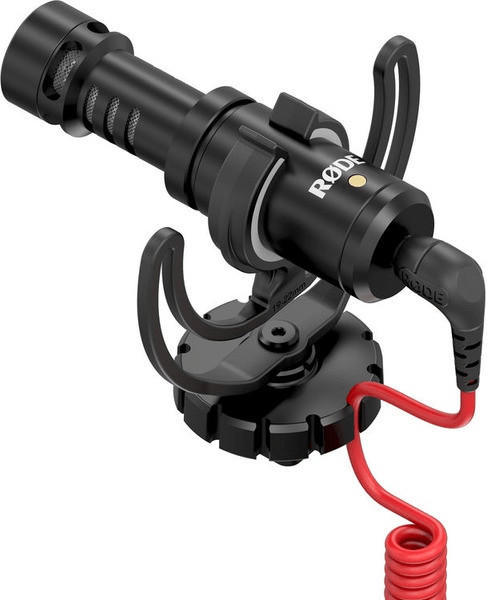
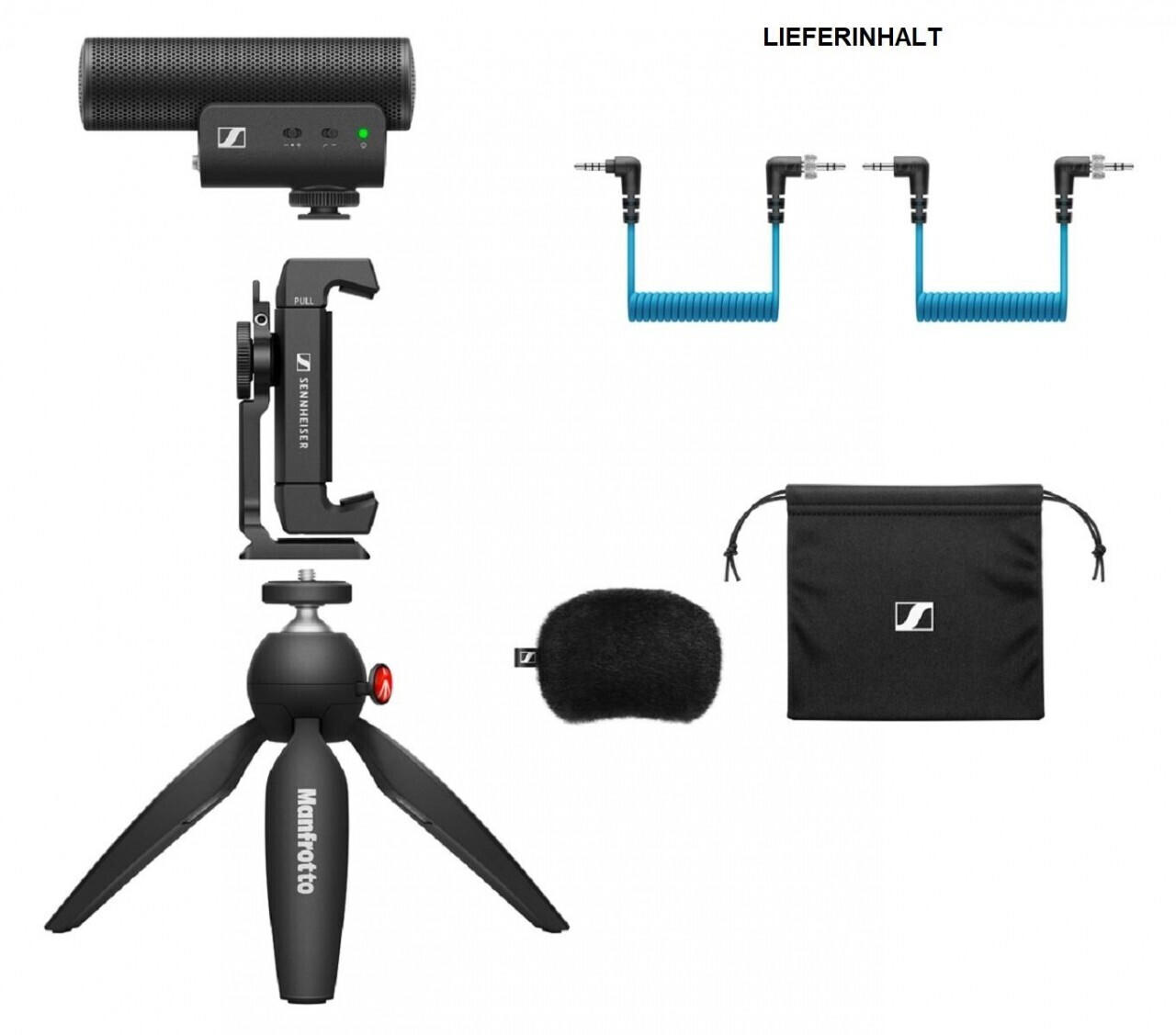
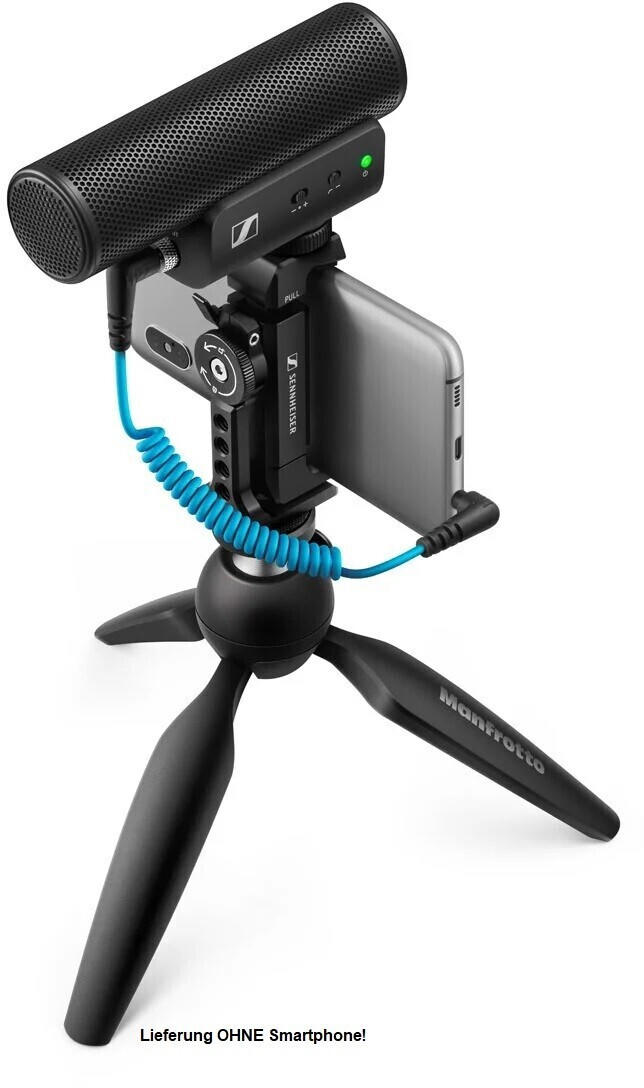
For those who need a microphone that focuses on capturing sound primarily from the front, a cardioid microphone is the way to go. One such example is the Audio-Technica AT875R Line + Gradient Condenser Microphone. With a narrow pickup pattern that captures sound from the front and eliminates noise from the sides and rear, this cardioid microphone is perfect for recording subjects who are speaking directly into the camera. Another option is the Rode VideoMic Pro+ Shotgun Microphone, which boasts a supercardioid pickup pattern and is designed to minimize background noise while capturing crystal-clear audio from the subject in front of the camera.




Sensitivity
This refers to how well the microphone can pick up and capture sound. A highly sensitive microphone will be able to record even the faintest sounds, while a less sensitive one may not capture quieter or distant sounds as clearly.
One notable example of a highly sensitive camera microphone is the Rode VideoMic Pro+. With a sensitivity of -33.6dB, it can accurately capture a wide range of sounds, making it ideal for professional videography or filmmaking. On the other hand, if you're looking for a microphone that strikes a balance between sensitivity and versatility, the Sennheiser MKE 600 might be a great choice. It boasts a moderately high sensitivity of -21mV/Pa, enabling it to capture clearer audio even in noisy environments. Additionally, it offers multiple shooting applications, such as conferences, interviews, and documentaries. Overall, understanding the sensitivity of a camera microphone is crucial to ensure you choose the right one for your specific needs.


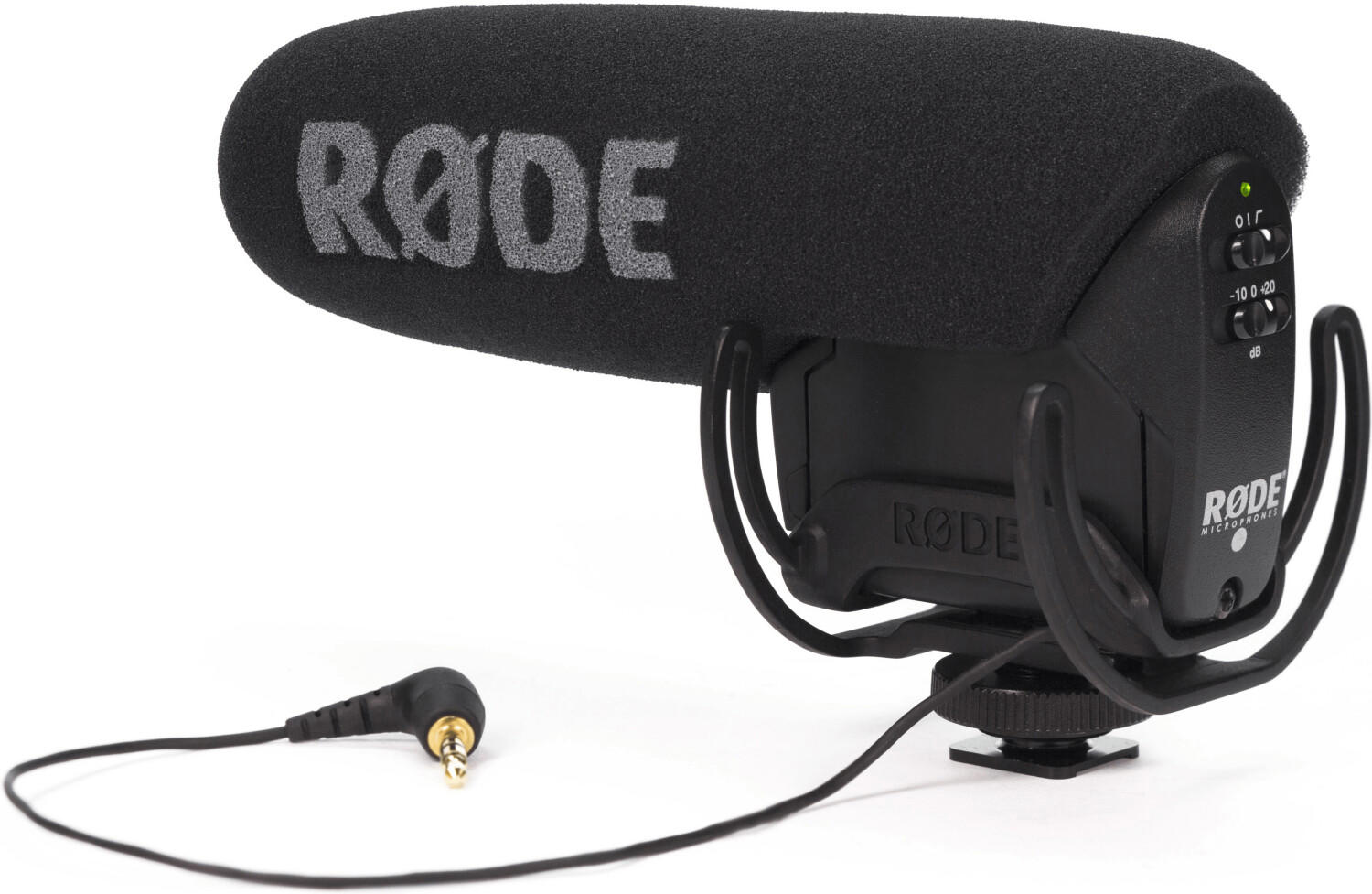
Signal-to-noise ratio
A higher signal-to-noise ratio means that the microphone can better distinguish between the desired sound (the signal) and any background noise. For optimal audio quality, look for camera microphones with a high signal-to-noise ratio.
In the entry-level segment, Rode VideoMic GO stands out with a signal-to-noise ratio of 69 dB. It captures clear and crisp audio, delivering above-average sound quality for its price range. For mid-range options, the Audio-Technica AT875R boasts an impressive 74 dB signal-to-noise ratio. This shotgun microphone's extended frequency response and narrow pickup pattern make it ideal for capturing audio in various recording situations. In the professional segment, the Sennheiser MKH 416 comes with a remarkable signal-to-noise ratio of 81 dB. Renowned for its exceptional performance, this shotgun microphone is widely used in the film and broadcast industries, ensuring exceptional audio quality even in challenging environments.




No latency
One great option is the Rode VideoMic Pro+, a popular on-camera microphone that features a 3.5mm TRS jack to provide no latency audio monitoring. With its built-in renewable lithium-ion battery, it offers an impressive 30 hours of recording time without any performance compromises. Another option to consider is the Sennheiser MKE 600 Shotgun Microphone, which features a low-cut filter that can be activated to reduce unwanted background noise. It also offers a -10 dB pad to withstand high sound pressure levels, delivering clear audio with no latency.
Product categories:
- Shotgun Microphones
- Lavalier Microphones
- Sony ECM-AW4 Bluetooth Wireless Microphone
Audio-Technica ATR-3350IS Omni Lavalier Microphone


Compact size
Compact microphones are lightweight and portable, making them ideal for on-the-go videographers or filmmakers who require mobility without sacrificing audio quality. One notable example of a compact camera microphone is the Rode VideoMicro, which weighs only 42 grams and measures just 80mm in length. Despite its small size, it boasts an impressive frequency range of 100Hz to 20kHz and a high sensitivity of -33dB. Another option is the Sennheiser MKE 200, a compact shotgun microphone with a length of 69mm and a weight of 48 grams. The MKE 200 features a directional pickup pattern, effectively minimizing background noise while capturing clear and focused audio.
Lightweight
A lightweight microphone is crucial to avoid adding unnecessary bulk and strain on your camera or stabilizers. Look for microphones that are designed to be compact and lightweight, making them easy to carry and mount on your camera.
An excellent example of a lightweight camera microphone is the Rode VideoMic Pro Compact Directional On-camera Microphone. Weighing only 85 grams, it is specifically designed for compact cameras. Another option is the Sennheiser MKE 400 Shotgun Microphone, which weighs just 60 grams and provides excellent sound quality for on-camera recording. These microphones are incredibly lightweight without compromising on audio performance, making them ideal choices for vlogging, interviews, and other on-the-go shooting scenarios.
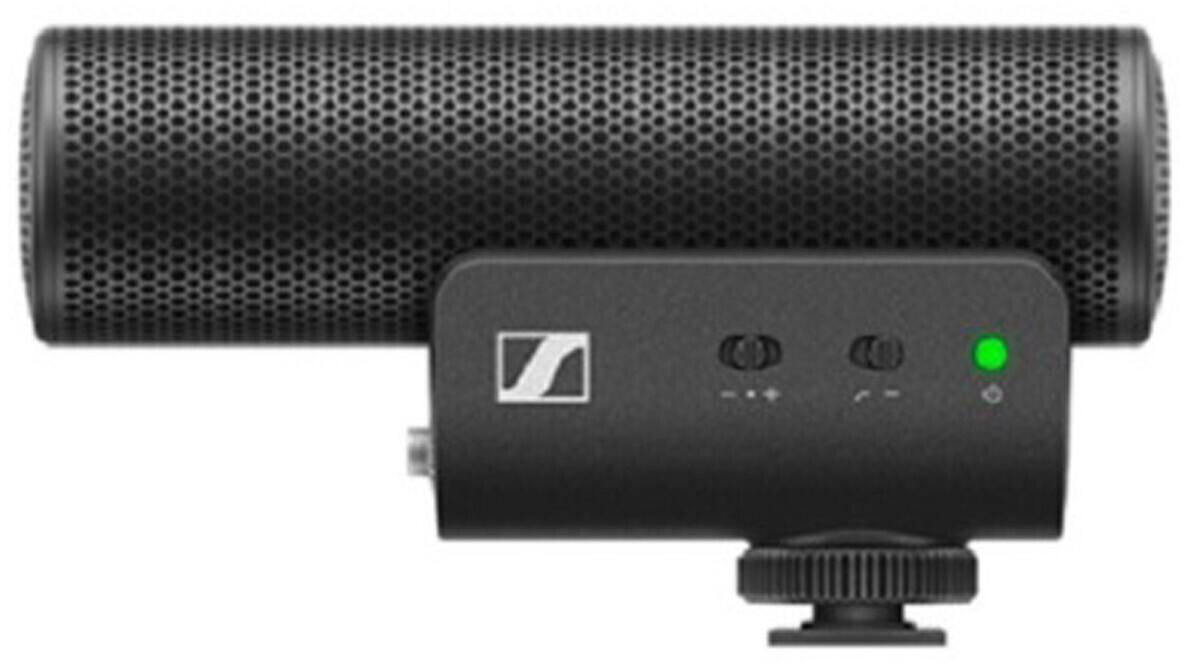
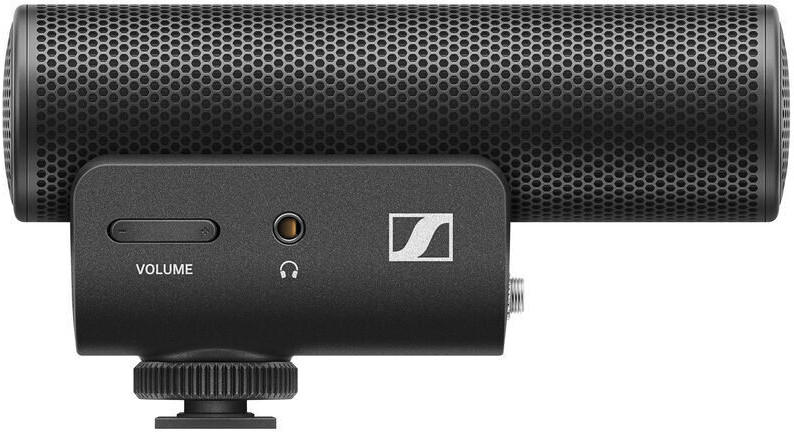
Other lightweight camera microphones suitable for DSLR cameras include the Rode VideoMicro Compact On-camera Microphone and the Tascam TM-2X Stereo XY Microphone. These microphones are specifically designed for DSLR cameras and weigh around 42 grams and 62 grams, respectively. They offer high-quality sound recording while keeping your setup lightweight and portable.
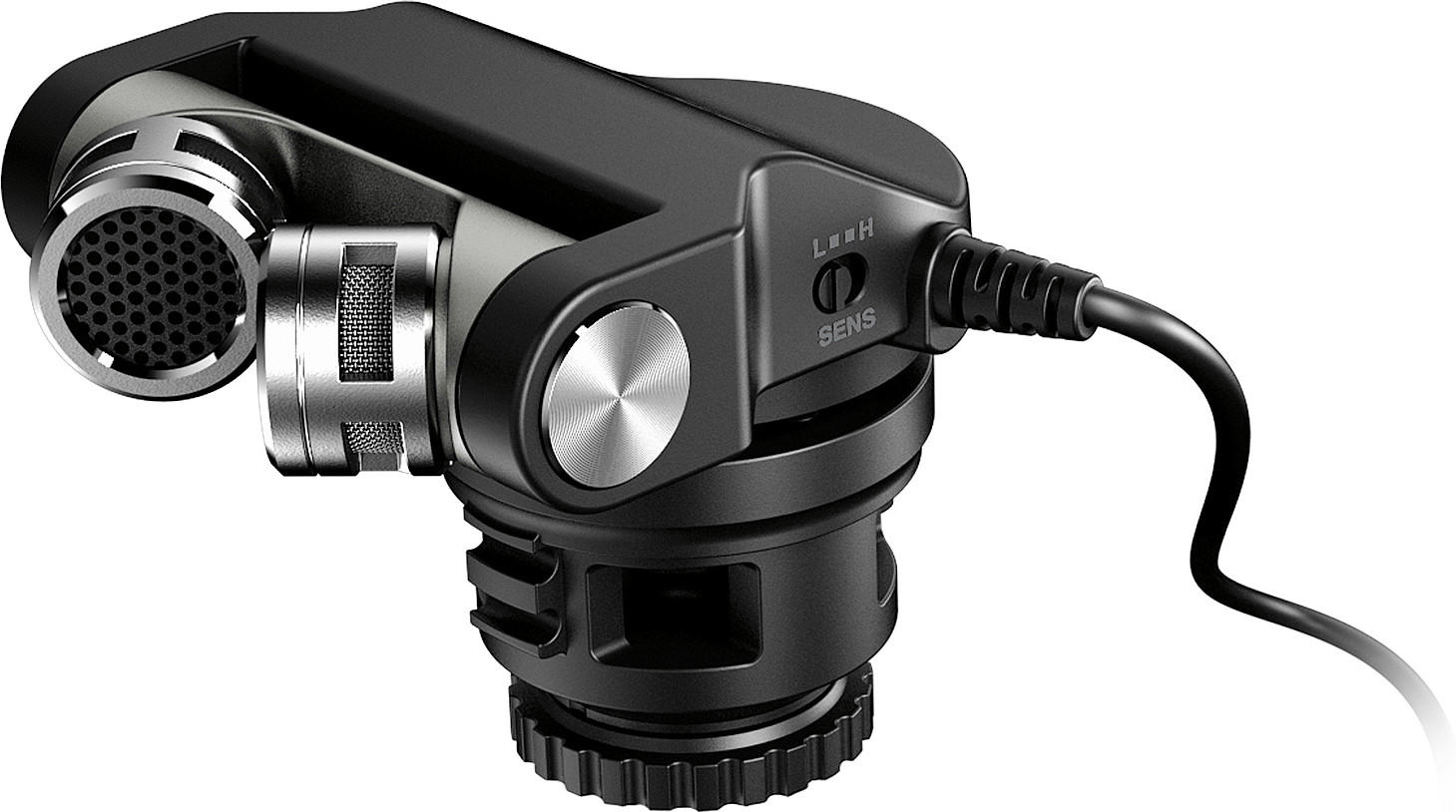
Wired or wireless functionality
Wired microphones offer a reliable and direct connection to your camera, with the least amount of interference. They are often more affordable and can be a great choice for those on a budget. Some popular wired camera microphones include the Rode VideoMic Pro and the Audio-Technica AT875R.
On the other hand, wireless microphone systems provide freedom of movement and flexibility, allowing you to capture audio without being restricted by cables. They consist of a transmitter that connects to your camera and a receiver that receives the audio signal wirelessly. Wireless systems like the Sennheiser AVX-ME2 give you the ability to roam around or conduct interviews from a distance, making them ideal for shooting in dynamic environments or for situations where you need to capture sound from multiple subjects.


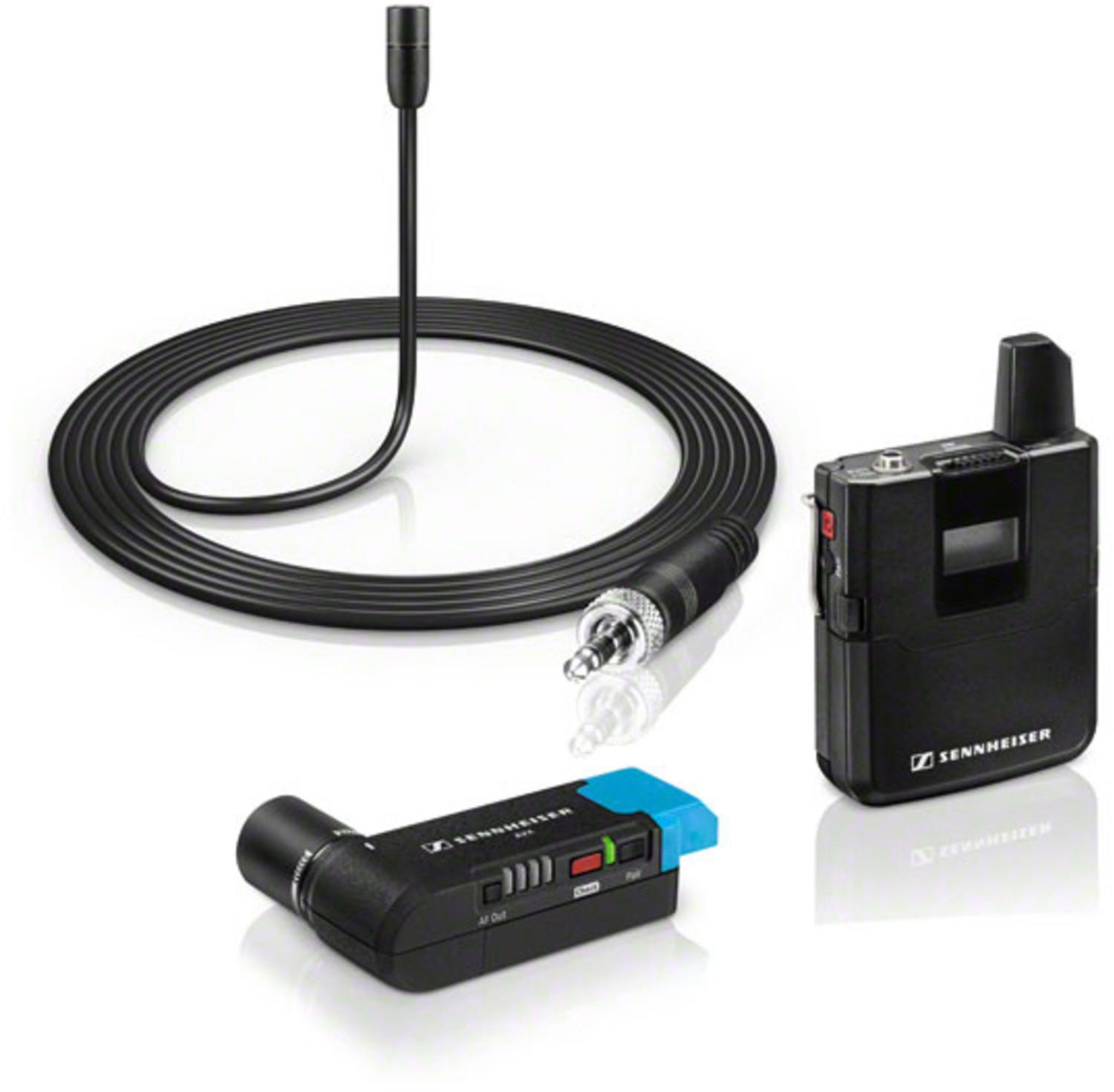
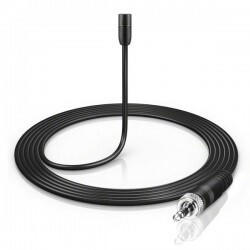
Battery life
Look for microphones that offer extended battery life to ensure long recording sessions without interruption. For example, the Rode VideoMic Pro Plus is designed with a rechargeable lithium-ion battery that provides up to 100 hours of use, ensuring ample power for continuous filming. Another option is the Sennheiser MKE 440, which operates on two AAA batteries and delivers an impressive runtime of up to 100 hours as well. Additionally, the Audio-Technica ATR2100x-USB is an excellent choice featuring a built-in rechargeable battery that boasts up to 46 hours of continuous use. Remember, longer battery life equips you for extended capturing sessions, reducing the need to frequently change or recharge batteries.
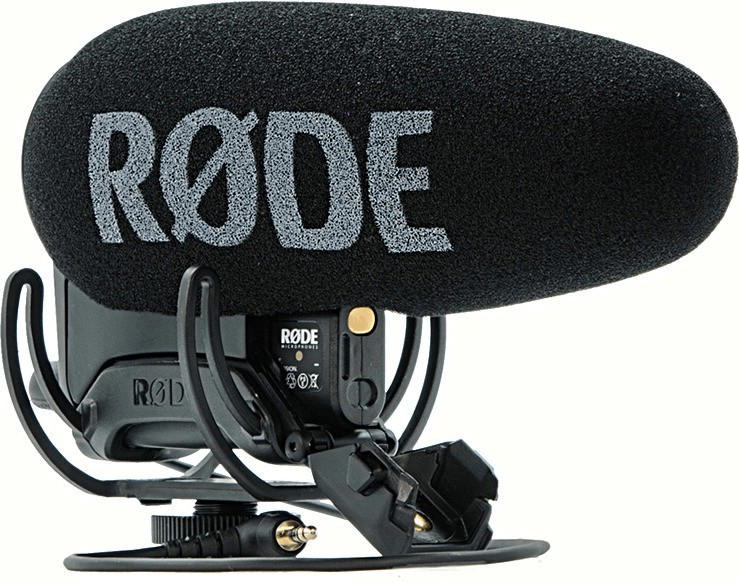
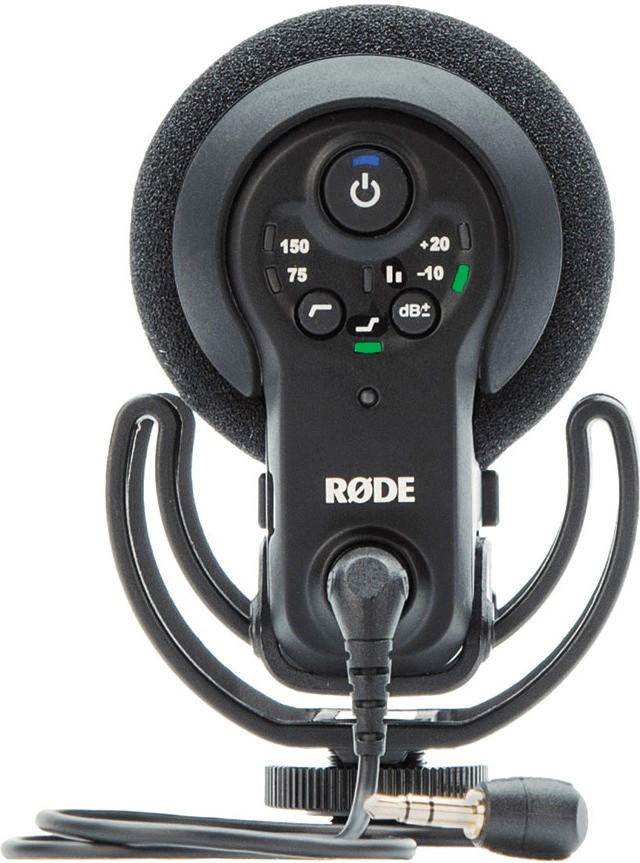
Compatibility with camera models
Not all camera microphones are compatible with every camera, so it is crucial to select a microphone that is specifically designed for your camera's model type. For instance, the Rode VideoMic Pro+ is compatible with a wide range of cameras, including Canon, Nikon, Sony, and Panasonic models. It features a 3.5mm TRS input for easy connection and even incorporates a power management system that operates with various camera batteries.
When it comes to compatibility, it's also worth considering microphone options that are specific to certain brands of cameras. For Sony cameras, the Sony ECM-B1M is an ideal option as it is specifically designed to work seamlessly with Sony's Alpha and Cyber-shot cameras. This microphone features multiple mic capsules and can be connected directly to Sony's Multi Interface Shoe for high-quality audio. Similarly, for Canon cameras, the `Canon Directional Microphone DM-E1' is built specifically for Canon EOS digital cameras, ensuring optimal compatibility and seamless integration. It offers a directional microphone to capture focused sound along with a frequency response range suitable for different shooting environments.



Mounting options (hot shoe, tripod)
The most common mounting options are hot shoe and tripod mounts.
For those who prefer a compact and secure mounting option, a microphone with a hot shoe mount is ideal. The Rode VideoMicro Compact On-Camera Microphone is a popular choice in this category. It features a Rycote Lyre shock mount that minimizes handling noise and vibrations. Another great option is the Sennheiser MKE 400 Shotgun Microphone, known for its compact design and exceptional audio quality.
On the other hand, if stability and versatility are important, a microphone with a tripod mount should be considered. The Audio-Technica AT875R Line + Gradient Shotgun Condenser Microphone is one such microphone that comes with a standard 3/8" tripod mount for easy attachment to a boom pole or stand. Another recommended option is the Shure VP83 LensHopper Camera-Mount Shotgun Microphone, which comes with a 1/4" tripod mount and features a digital flash recording mode for added convenience.




Both hot shoe and tripod mounts have their own advantages, so it ultimately depends on the user's specific needs and shooting requirements.
Windshield compatibility
Windshields are essential for reducing unwanted wind noise when shooting outdoors, particularly in breezy or windy conditions. A microphone that comes with a detachable windshield or built-in foam cover is ideal for minimizing wind noise. For example, Rode VideoMic Pro and Sennheiser MKE 600 Shotgun Microphone both offer a foam windshield as an included accessory, providing excellent shielding against wind interference. Similarly, high-end products like the Audio-Technica AT4053B Microphone feature a specially-designed Windscreen System that effectively mitigates wind noise while preserving sound quality. These microphones are ideal for individuals seeking optimal sound recording capabilities even in challenging outdoor environments.
Background noise reduction
This feature helps to minimize any unwanted noise that may distort the audio quality in your recordings. The Rode VideoMic Pro+ is an excellent choice when it comes to background noise reduction. With its extended frequency response and high sensitivity, it captures crystal clear sound while effectively reducing any background noise. Another recommendation is the Audio-Technica AT875R Line Gradient Condenser Microphone, known for its excellent off-axis rejection. This means that it effectively filters out noise coming from the sides and rear, delivering clean and focused audio. For those looking for a more budget-friendly option, the TAKSTAR SGC-598 shotgun microphone is highly regarded for its background noise reduction capabilities, making it a popular choice among vloggers and beginners in videography.


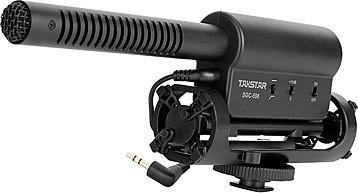
Easy to set up and adjust
Fortunately, several products on the market meet this criterion. For beginner vloggers or content creators who want a straightforward and hassle-free setup, the Rode VideoMicro Compact On-Camera Microphone is an excellent choice. With its simple plug-and-play operation, this microphone can easily connect to your camera's audio input, eliminating the need for additional cables or adapters. Another option is the Audio-Technica ATR-6550 Condenser Shotgun Microphone, which features a camera shoe mount for easy attachment to your camera, as well as a low-cut filter switch to reduce unwanted background noise. Whether you opt for the Rode VideoMicro or the Audio-Technica ATR-6550, both options ensure a quick and uncomplicated setup process.


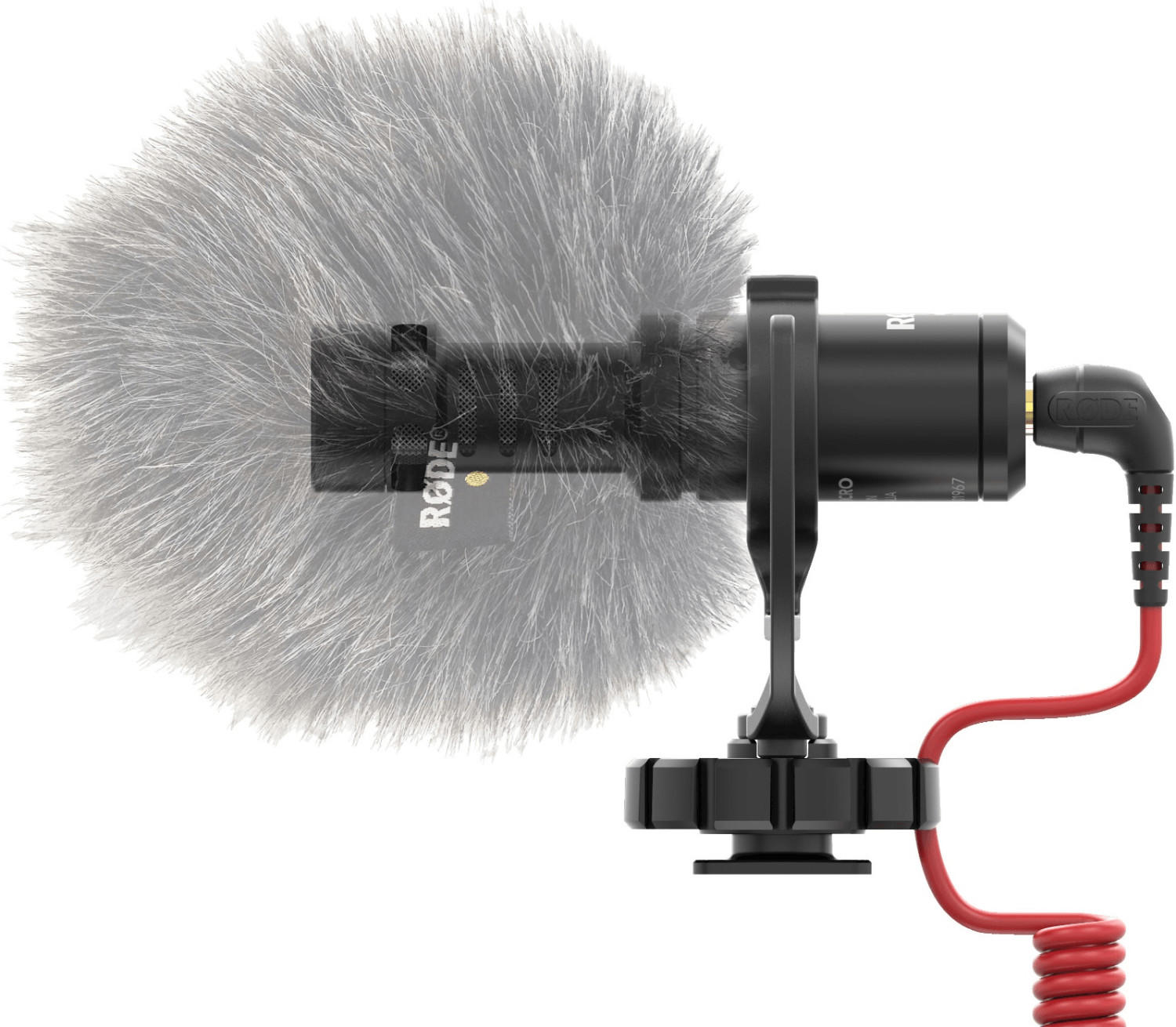
Durability
Look for microphones made with high-quality materials such as metal exteriors, which provide protection against impacts and various external elements. The Rode VideoMic Pro+, for example, features a rugged and lightweight aluminum construction that makes it ideal for on-the-go filming or outdoor shoots. Similarly, the Sennheiser MKE 600 is known for its durable build with a robust metal housing, making it suitable for travel and adventurous filming sessions. As a rule of thumb, opting for microphones that have undergone tests and certifications, such as IPX ratings for water resistance or adherence to military-grade standards for ruggedness, will ensure that your camera microphone can withstand the wear and tear of regular use.



Overall build quality
A well-built microphone will be durable and made of high-quality materials, ensuring it can withstand the rigors of regular use. One example of a camera microphone with excellent build quality is the Rode VideoMic Pro+. It features a rugged all-metal construction, making it robust and resistant to wear and tear. Another option is the Sennheiser MKE 400 Shotgun Microphone with a solid build and reinforced shock mount to minimize handling noise. Lastly, the Audio-Technica AT9945CM Stereo Shotgun Microphone is also worth considering as it boasts a rugged metal build, ensuring its longevity even in rough shooting conditions.


Water resistance
This feature ensures that your microphone is protected in various weather conditions, especially during outdoor shoots or in unpredictable situations. For instance, the Rode NTG4+ offers excellent water resistance with its weatherproof aluminum construction. This shotgun microphone also features a built-in windshield and is coated with a hydrophobic layer for added protection. Another option is the Deity S-Mic 2S, which is IPX4-rated, meaning it has a high level of water resistance, making it suitable for use on cloudy or rainy days.
Product Groups:
- Shotgun microphones: Consider the Rode NTG4+ or the Audio-Technica AT897 for their impressive water resistance and high-quality sound capture.
- Lavalier microphones: Look into the
Rode SmartLav+or the Sennheiser ClipMic Digital for their water-resistant properties, making them appropriate for on-the-go situations like interviews or vlogs. - Wireless microphones: The wireless options like the Saramonic UwMic9 series or the
RodeLink Filmmaker Kitprovide water-resistant transmitters and receivers, ensuring efficient communication and sound transmission even under challenging conditions.
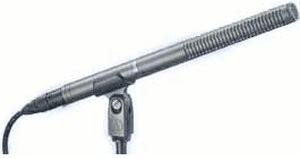

Shock resistance
One option to consider is the Rode VideoMic Pro which features a Rycote Lyre shock-mount, providing superior isolation from external vibrations. The VideoMic Pro boasts a high level of suspension, mitigating handling noise for professional-quality audio. Another notable microphone is the Sennheiser MKE 600, designed with a rugged all-metal housing and an elastic suspension to reduce handling noise and ensure optimum shock resistance.
It is worth noting that certain products in the market cater specifically to different segments. For semi-professional shoots, the affordable yet reliable TAKSTAR SGC-598 offers shock resistance through its integrated shock mount design. For more professional use, the Schoeps CMIT 5U stands out with its highly efficient suppression of handling noise and superior shock resistance, thanks to its balanced low-profile design. These options and variations provide users with a range of choices to select the best camera microphone that suits their specific needs.


Built-in preamp
A preamp amplifies the electrical signal from the microphone, ensuring that the audio recording is clean and free from noise. A good preamp can greatly improve sound quality, so it is worth investigating the specifications of the microphone to understand its capabilities.
There are a few camera microphones on the market that stand out in terms of their built-in preamps. The Rode Videomic Pro offers a high-performance preamp with a low self-noise level of just 14dbA, resulting in clear and crisp sound recordings. Another option is the Sennheiser MKE 600, which features a transformerless preamplifier to minimize distortion and noise levels. For professional applications, the Audio-Technica AT875R offers an excellent high-pass filter that helps eliminate unwanted rumble or low-frequency noise, ensuring only the desired sound is captured. These are just a few examples of camera microphones with impressive built-in preamps, showcasing their ability to enhance audio quality during recording.



XLR or 3.5mm audio input
There are two common options: XLR and 3.5mm. XLR input is typically found in professional-grade microphones, offering a balanced connection that minimizes noise and interference. This makes XLR ideal for capturing high-quality, pristine sound in a variety of recording environments. For those looking for a reliable XLR camera microphone, the RODE NTG3 Supercardioid Shotgun Microphone is an exceptional choice. With its broadcast-quality audio and low self-noise, this microphone delivers superb performance in capturing rich and detailed sound. Another option that caters to entry-level users is the Audio-Technica ATR-6550 Condenser Shotgun Microphone, which features a durable design and delivers crisp, intelligible audio recordings.
On the other hand, 3.5mm audio input is commonly found in consumer-grade or entry-level microphones. This type of input is convenient for connecting microphones directly to cameras or mobile devices without the need for additional adapters or audio interfaces. The Rode VideoMicro Compact On-Camera Microphone is a compact and versatile microphone that uses a 3.5mm audio input. Despite its small size, it provides high-quality directional audio, making it an excellent choice for vlogging or recording interviews on the go. Another great option is the Sennheiser MKE 400 Shotgun Microphone. This compact microphone provides broadcast-quality audio and includes a 3.5mm audio input, making it perfect for video journalists or filmmakers looking to improve their audio recordings directly on the camera.



Headphone monitoring option
This allows you to listen to the audio being recorded in real-time and make adjustments as needed. One great example of a camera microphone with this feature is the Rode VideoMic Pro. It has a 3.5mm headphone jack that lets you connect your headphones directly to the microphone for monitoring. Another option to consider is the Sennheiser MKE 440 Stereo Shotgun Microphone, which also features a headphone monitoring option for precise audio monitoring while recording. Additionally, the Shure VP83 LensHopper Shotgun Microphone is another excellent choice that includes a headphone monitoring option, enabling you to verify audio quality without the need for external devices.


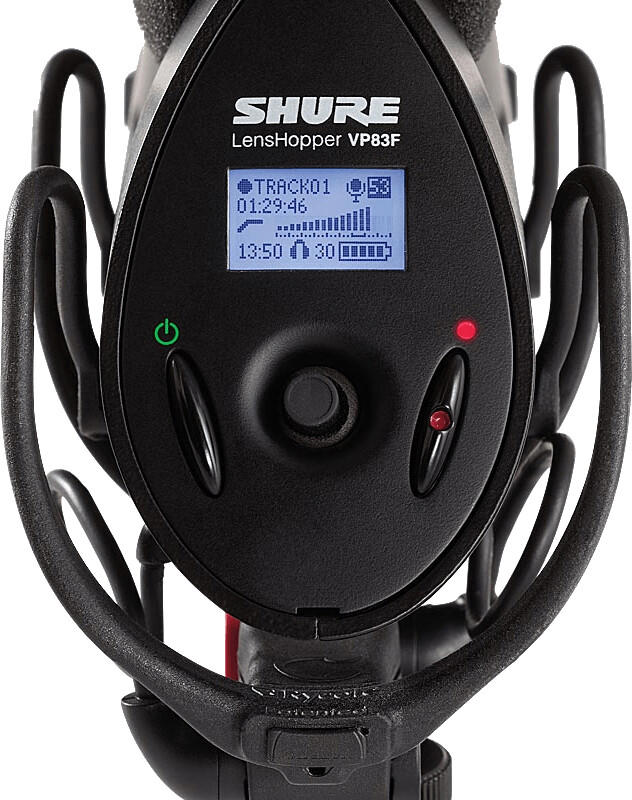
Adjustable gain control
This feature allows you to adjust the sensitivity of the microphone to better capture audio in different environments. Some camera microphones offer a wide range of gain control, such as the Rode VideoMic Pro+ which provides a 20dB gain adjustment through its digital switch. This allows you to boost the microphone's sensitivity when recording quieter sounds or reduce it when dealing with loud environments.
Another microphone that offers adjustable gain control is the Sennheiser MKE 400. It features three-step level control that allows you to set the appropriate sensitivity for your recording needs. This ensures that you can get clear and high-quality audio regardless of the surrounding noise levels.
In the market, camera microphones can be categorized into a few groups based on their adjustability of gain control. Entry-level options that offer adjustable gain control such as the Audio-Technica ATR3350xiS provide a great low-cost solution for beginners. Mid-range microphones like the Zoom H3-VR offer more advanced adjustable gain options and additional features like 360-degree audio recording. Professional-grade microphones like the Sennheiser MKH 416 provide exceptional performance and even more precise control over gain settings, making them ideal for professional filmmakers and broadcasters.
Portability
If you plan on using your camera while on the move or for outdoor shooting, it is essential to pick a lightweight and compact microphone that won't weigh you down or take up too much space. A great option for portability is the Rode VideoMicro compact on-camera microphone. Weighing only 42 grams, this microphone easily attaches to your camera or tripod and has a frequency range of 100Hz to 20kHz, ensuring crisp and clear audio. Another portable choice is the Sennheiser MKE 400 Shotgun Microphone. Weighing 60 grams, it features a super-cardioid shotgun pickup pattern to capture targeted sound and incorporates a high-pass filter to reduce low-frequency noise. IonicModule MR101 Microphone is also highly recommended for its compact size and lightweight design, weighing only 70 grams.
It's important to consider the microphone's portability when selecting the right one for your camera setup.



Phantom power requirement
Phantom power refers to the electrical power that is required by certain condenser microphones to operate. Some camera microphones require Phantom power, while others do not. It is important to check the specifications of the microphone to verify if it needs Phantom power.
One example of camera microphones that require Phantom power is the Rode VideoMic NTG. This microphone offers a directional pickup pattern and features a switchable high-pass filter that can be adjusted to reduce low-frequency noise. Additionally, it requires a standard 48V Phantom power supply to function properly.
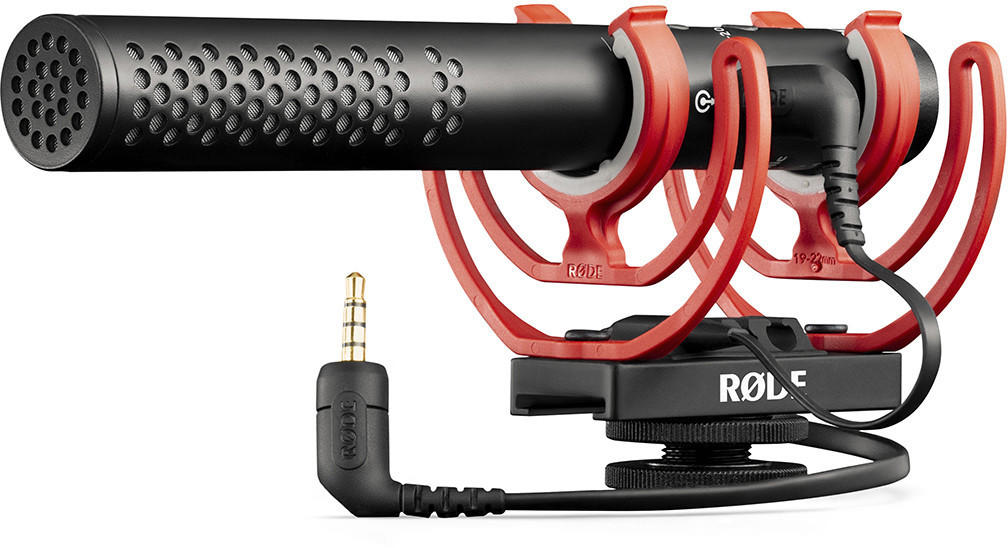


On the other hand, if you're looking for a camera microphone that does not require Phantom power, the Audio-Technica ATR3350xiS is a great option. This lavalier microphone provides clear and intelligible audio and does not require an external power source to operate. It connects easily to cameras and other recording devices, making it a convenient choice for on-the-go recording.
Bluetooth capability
This feature allows the microphone to be wirelessly connected to your camera, providing a hassle-free and convenient experience. One camera microphone that offers Bluetooth capability is the Rode VideoMic Pro+'. With a rechargeable battery that provides up to 100 hours of use, it offers a range of up to 100 meters for wireless connectivity. Another option is theSennheiser AVX Digital Wireless Microphone System', which features automatic frequency management and seamless integration with your camera via Bluetooth. Its compact design ensures easy handling and flexibility during filming. Overall, both of these camera microphones provide Bluetooth capability for wireless audio capture, offering enhanced mobility and versatility.
Recording format options (mono, stereo)
A mono microphone takes audio input from a single source and records it as a single channel, while a stereo microphone uses two or more microphones to achieve a more immersive audio experience, capturing sound from multiple directions and creating a sense of depth.
There are several excellent options available in both mono and stereo microphones. For those looking for a reliable mono microphone, the Rode VideoMic Pro+ is a popular choice. It features a supercardioid polar pattern for focused and direct sound capture, ensuring clear and crisp audio. On the other hand, if you prefer a stereo microphone, the Audio-Technica AT8024 is highly recommended. This compact, lightweight microphone offers a stereo recording with a selectable microphone pattern - either XY or AB - to suit your specific recording needs. Both these microphones guarantee professional-level sound quality and are versatile options for any videographer or filmmaker.


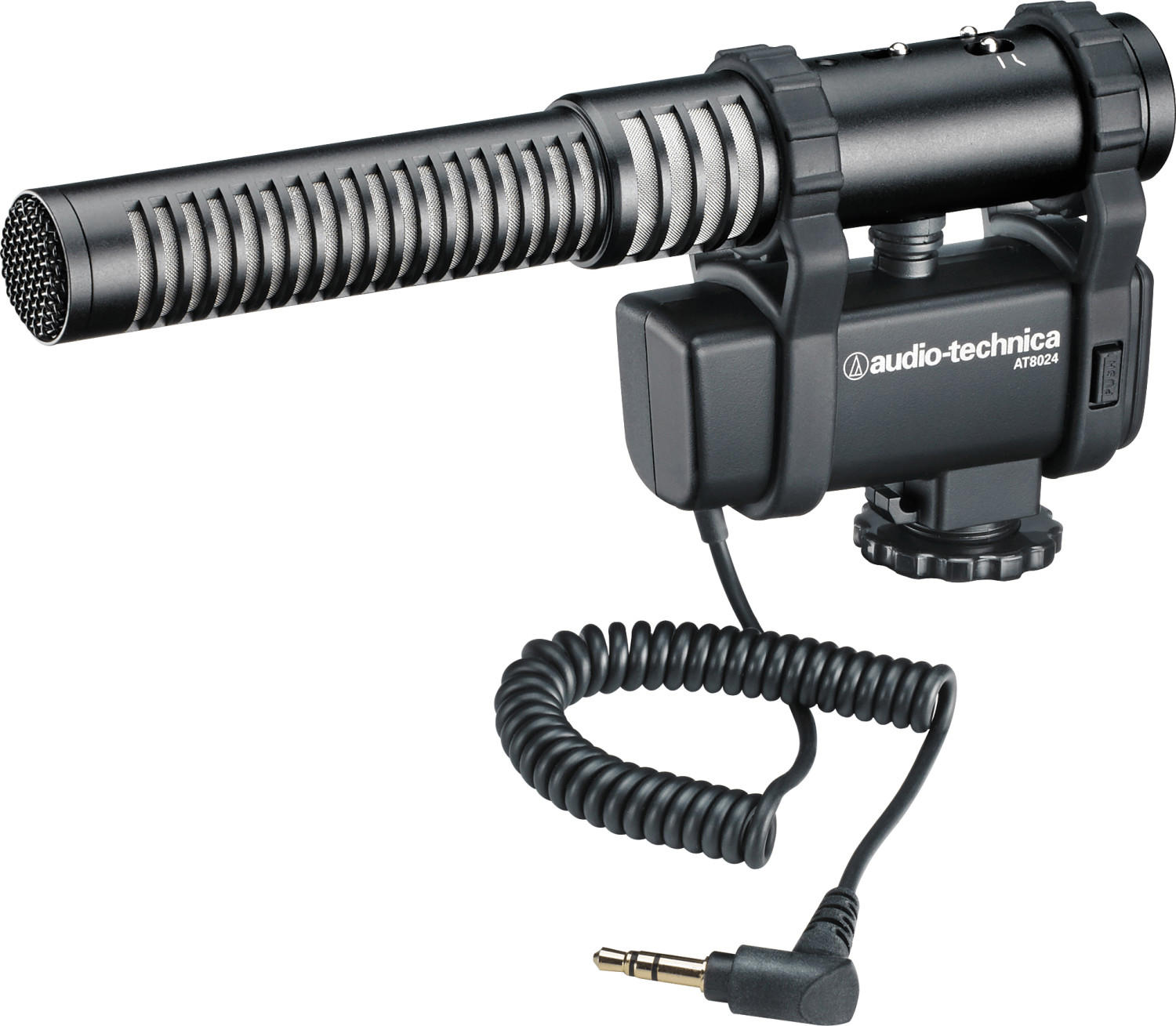
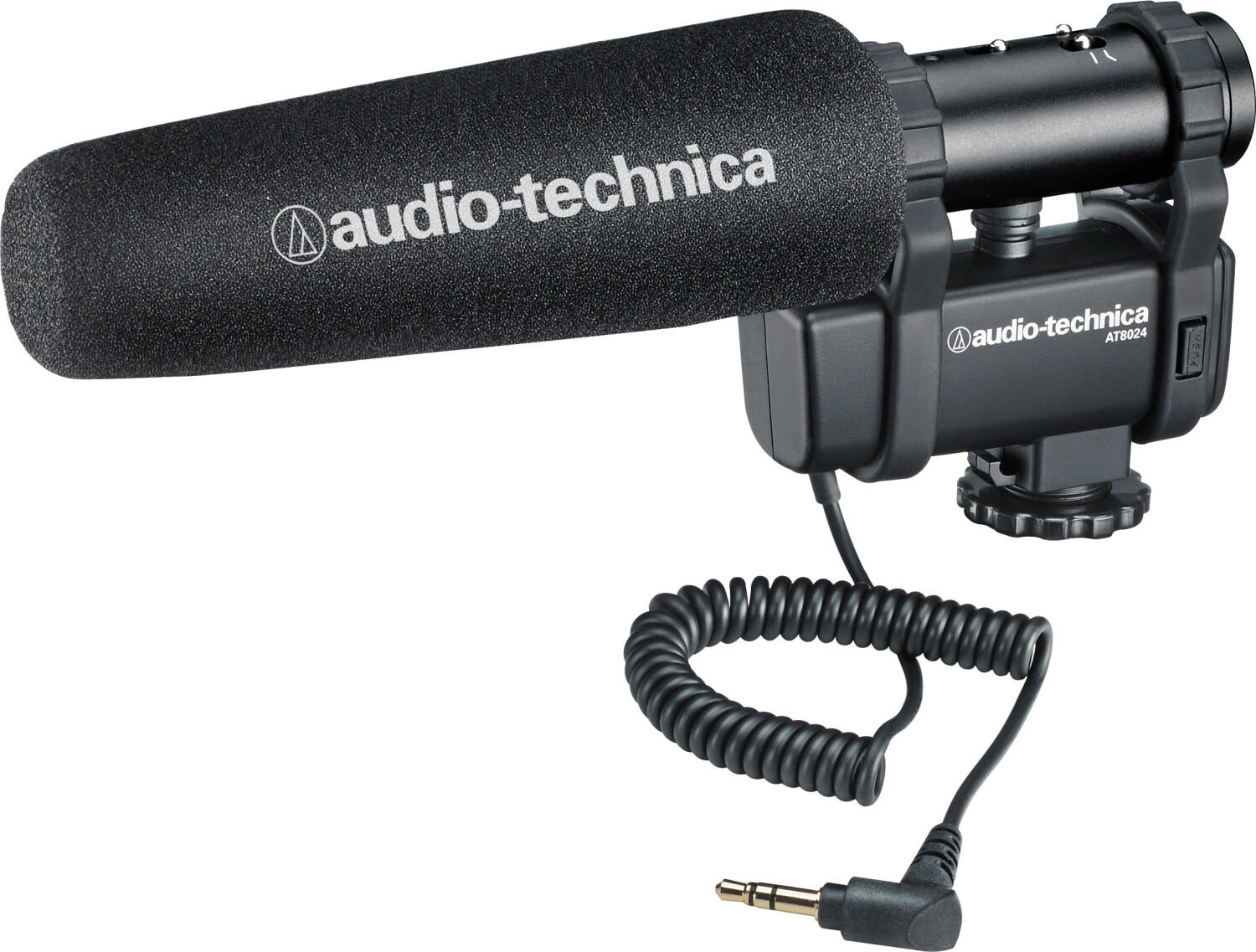
Foam cover for protection
The foam cover, also known as a windscreen or muff, is a simple yet crucial accessory that helps to reduce wind noise and minimize plosive sounds during recording. It acts as a barrier against unwanted external noise, ensuring high-quality audio capture in various environments. When selecting a camera microphone with a foam cover, look for features such as thickness and density of the foam, as these can affect the effectiveness of wind noise reduction. Some recommended options for camera microphones with excellent foam covers include the Rode VideoMicro Compact On-Camera Microphone, which is equipped with a high-quality foam windshield for optimal wind noise reduction, and the Sennheiser MKE 400 Shotgun Microphone, featuring an included foam windshield that enhances audio quality even in outdoor recording situations.




External volume control option
Having this feature allows you to easily adjust the microphone's audio level directly from the microphone itself, giving you greater control over the recording volume. This can be particularly useful in situations where you need to quickly increase or decrease the audio level without having to touch your camera settings.
There are several camera microphones on the market that offer external volume control. One such example is the Rode VideoMic Pro+, which features a three-stage gain control that lets you quickly adjust the recording level. It also has a high-pass filter that can be set to cut out low-frequency noise. Another option is the Sennheiser MKE 400, which offers a stepless sensitivity adjustment to suit various recording situations. It also has a low-cut filter to reduce unwanted background noise. Both these microphones provide excellent audio quality and the added convenience of external volume control.



Price
It is essential to strike a balance between quality and budget. Here are a few options to explore based on different price ranges:
Budget Range (Under $50): If you're on a tight budget, the TAKSTAR SGC-598 is a great option. This shotgun microphone is affordable yet provides good sound quality. With a frequency response of 50Hz to 16kHz, it is suitable for various recording situations.
Mid-Range ($50-$200): The
Rode VideoMicrois a popular choice in this price range. With a compact design and a frequency response of 100Hz to 20kHz, it offers clear audio for your videos. Another option is theAudio-Technica ATR3350IS, an omnidirectional lavalier microphone that comes with a long cable, making it convenient for on-camera use.High-End Range ($200 and above): If you're looking for exceptional audio quality, consider the
Sennheiser MKE 600. With great sensitivity and a super-cardioid pickup pattern, it minimizes background noise while capturing clear and detailed sound. Another top-notch option is the Rode NTG3 which boasts a lower self-noise level, extended frequency response, and RF bias technology for superlative performance.

Remember, while price is a crucial factor, it is important to also consider other aspects such as the intended use, audio quality, pattern, and compatibility with your camera.
Variety of brands
Each brand has its own set of pros and cons that should be considered before making a decision.
Sony is one popular brand that offers a range of high-quality camera microphones. The Sony ECM-B1M is an excellent option for vlogging and video production, as it offers superior sound quality and a built-in 3.5mm headphone jack for monitoring. On the other hand, Rode is another well-known brand that specializes in camera microphones. The Rode VideoMic Pro+ is a popular choice among videographers due to its exceptional audio performance, extended battery life, rugged build quality, and advanced digital switching. Additionally, the Shure MV88 is a top-notch brand known for its compact and portable microphones. The Shure MV88+ is an impressive choice for iPhone users, as it is compatible with iOS devices and provides high-quality recordings with many advanced features such as mid-side processing, 5 DSP preset modes, and a companion app for optimizing the sound.



